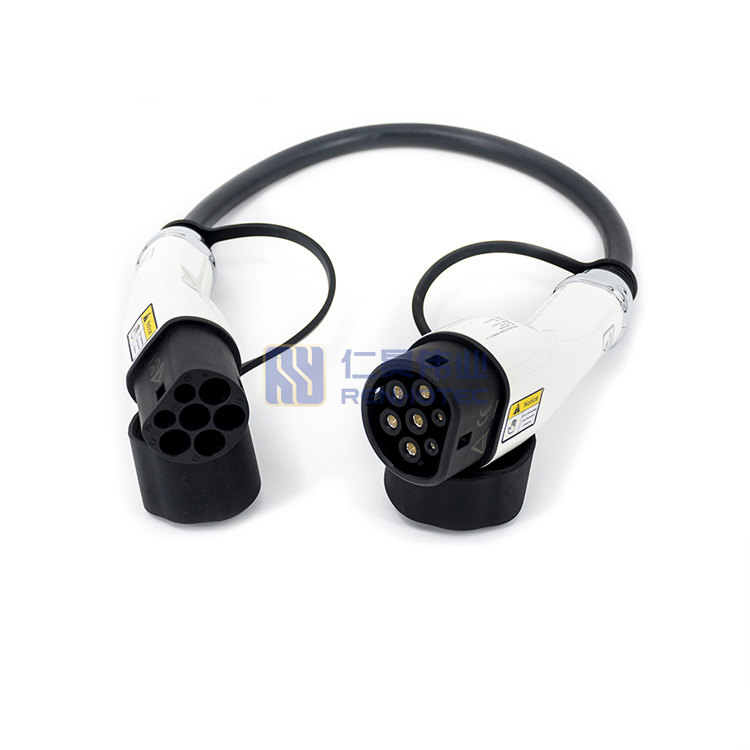New EV Charging Piles
There are two types of new energy vehicle charging piles, DC charging piles and AC charging piles. Most AC charging piles are commonly known as slow chargers. Generally, when you buy a new energy car, the original car will come with a portable charger. The power of the charger is about 1.3kw. In layman’s terms, it can charge about 1.3 kWh in one hour.
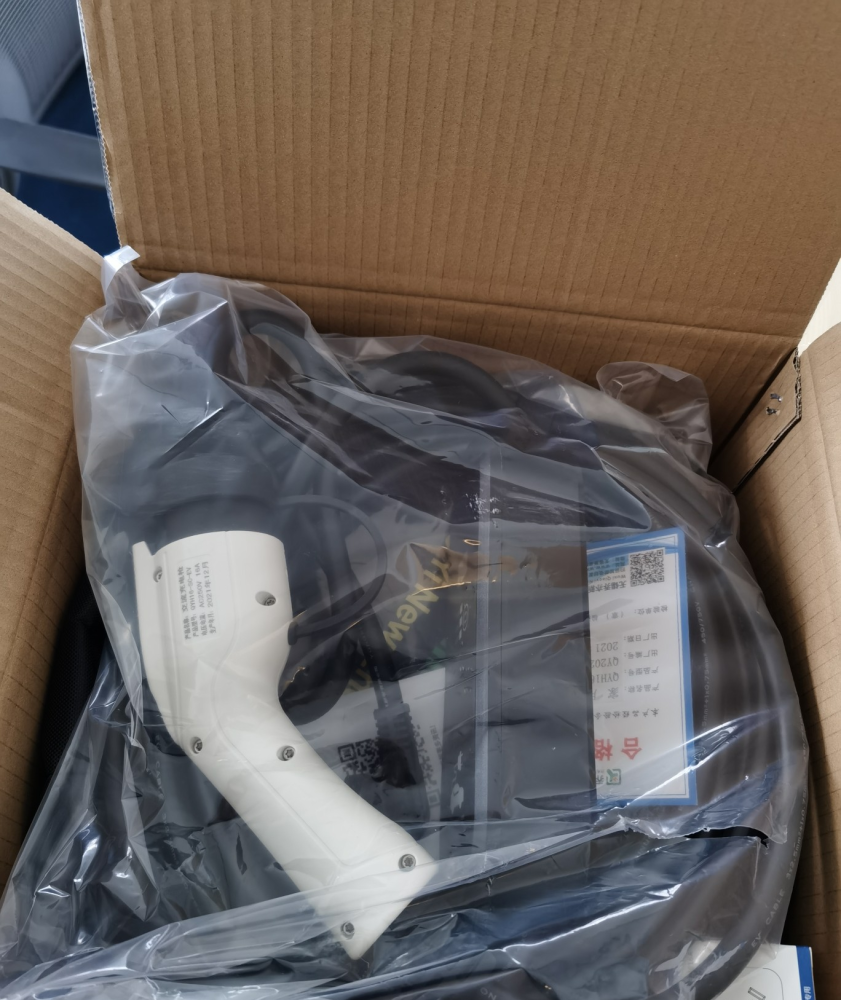
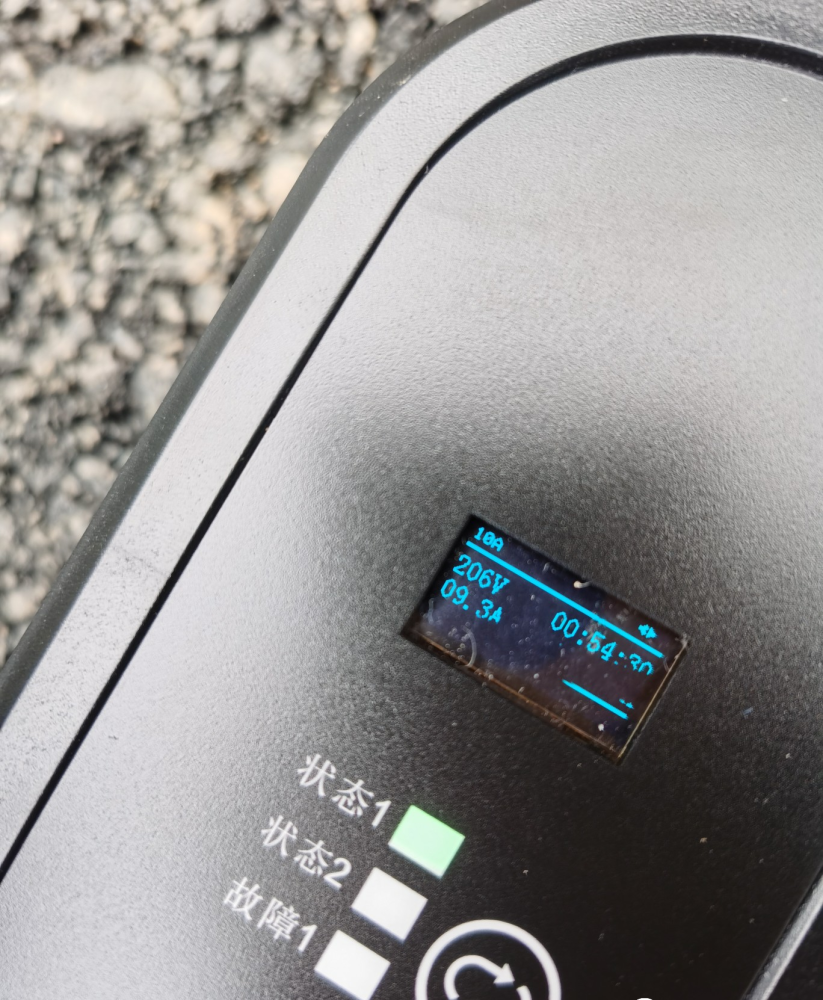
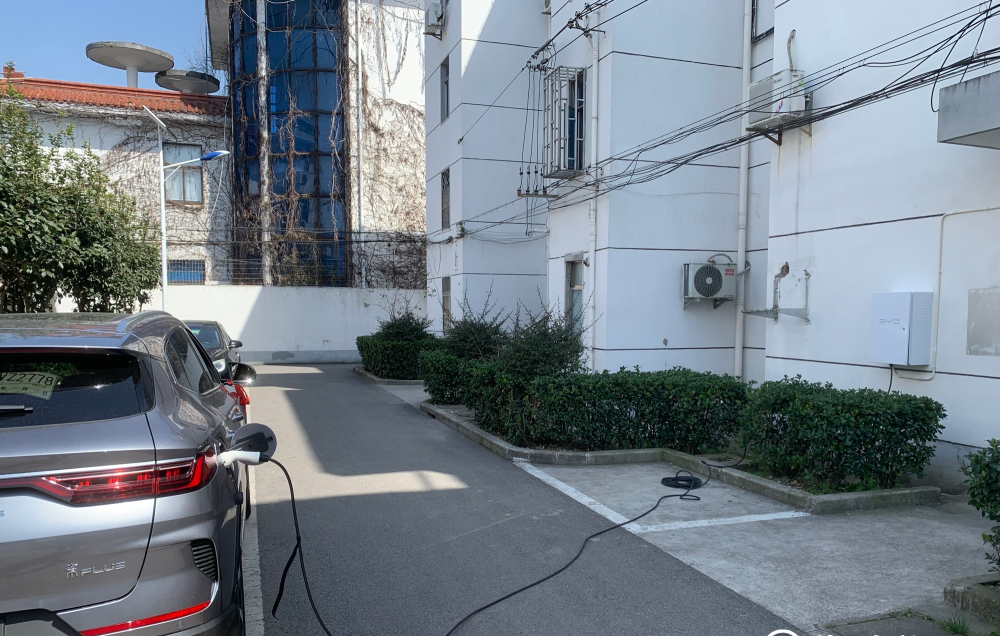
This kind of charger with the car is suitable for a home 220v power scenario. However, when using it, the power measurement must have a good ground, otherwise, it cannot be used. However, some home outlets do not have a ground, it is necessary to make your own ground wire to connect with the ground of the charger.
Buying a new energy vehicle will also generally send the manufacturer a 7kw AC charging pile.
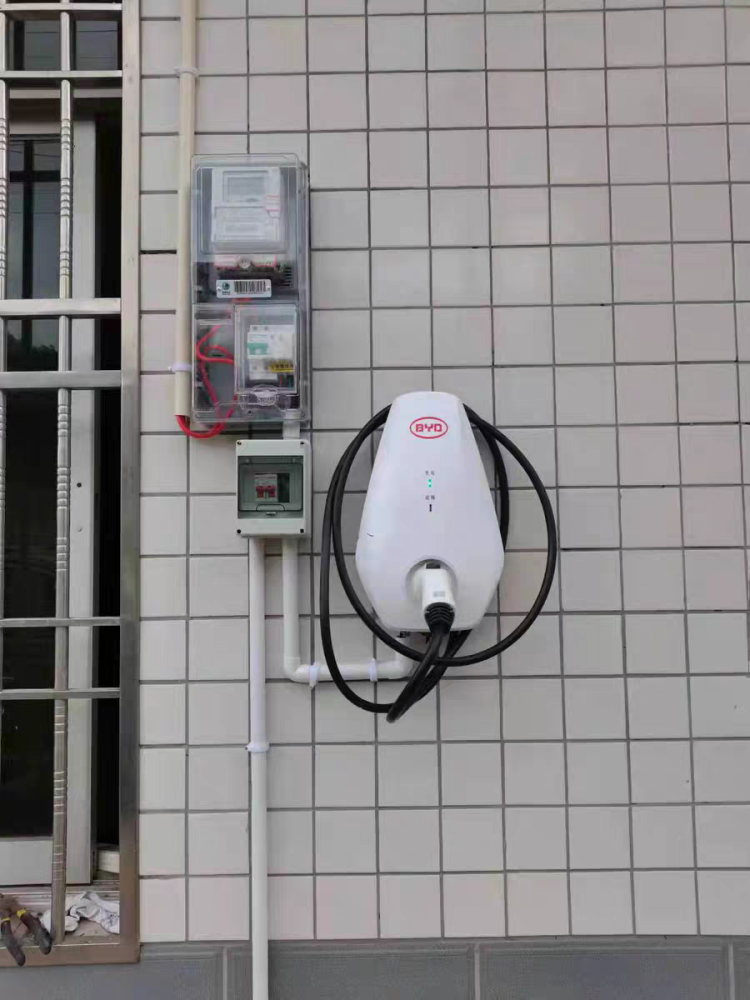
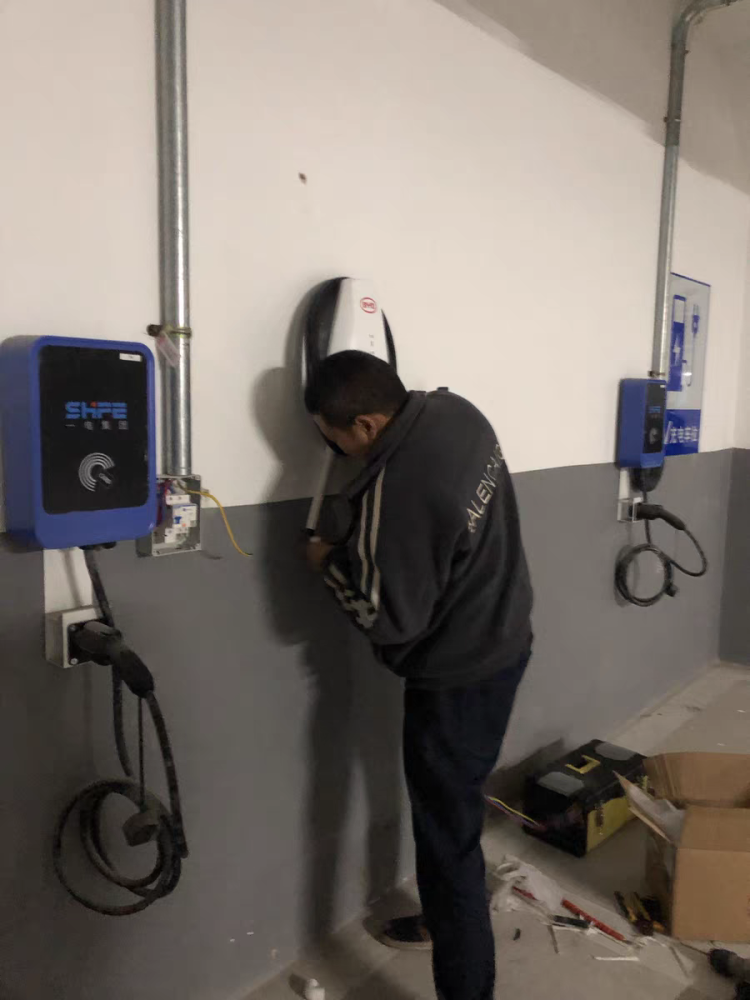
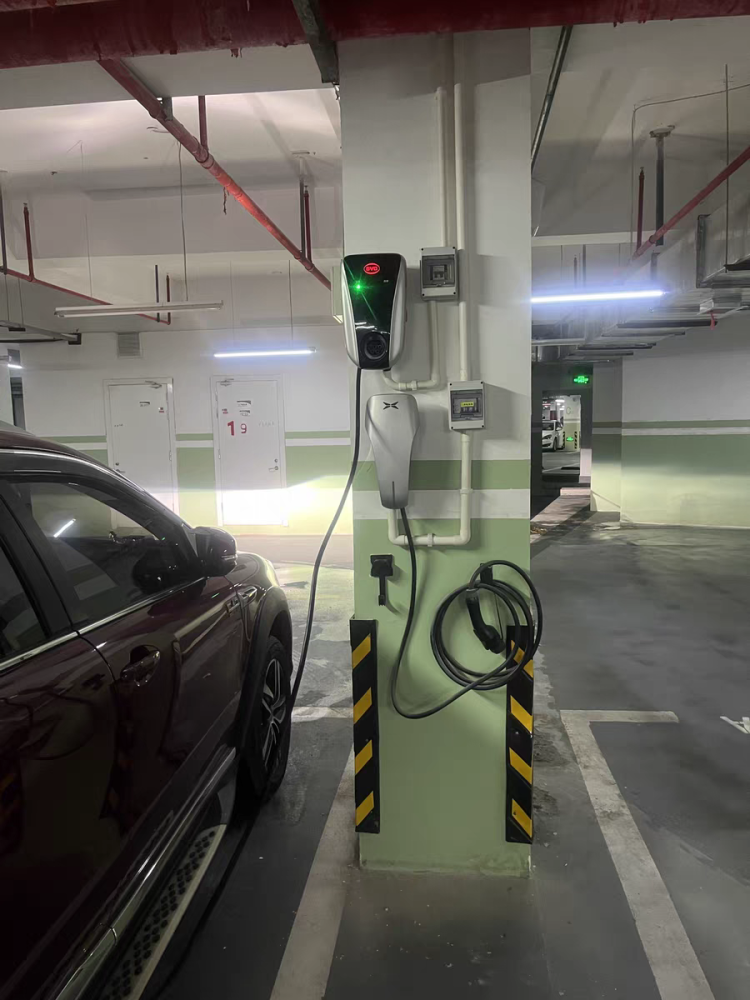
This type of charging pile can usually be connecting to the 220V power supply in your home. 7kw AC charging pile will be more efficient than charging with the car, about one hour can charge 7 degrees. However, the size of the charging speed is not entirely determined by the power of the charging pile. It is relevant to the power of the vehicle’s internal charger. Some new energy vehicles only support 3.3kw of AC charging power. And this type of vehicle can only charge up to 3.3 degrees per hour when charged at a 7kw charging pile.
Tesla and other vehicles that support high-power AC charging will use 380v 32A 21kw AC charging piles.
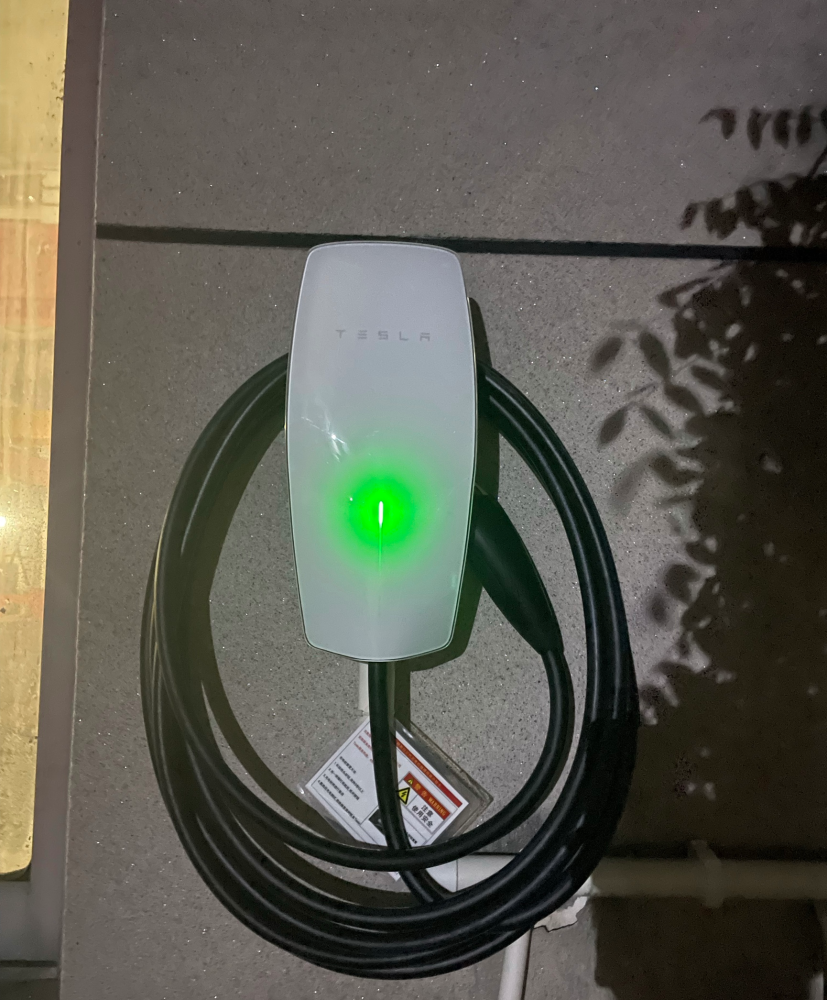
Because the rated power of model 3 and model Y car chargers is 11KW. So using a 21kw charging pile, model Y and model 3 charge actual current at 11kw. Most of the models like NIO, BYD(Build Your Dream), LI, AION, etc. AC slow charging does not support 380V, only 220V cars. Using a 380V 32A 21KW charging pile, it will only recognize one of the phases of electricity. The actual charging power is 220V*32A=7KW.
DC Charging
The DC charging pile uses 380v power, which converts from AC to DC by the DC module inside the charging pile to charge the vehicle directly.
DC charging piles can be divided into power levels ranging from 15kw to 380kw. The more DC charging modules in the charging pile, the higher the power. Take the 120kw DC charging pile as an example, it can charge 120 degrees in one hour. Most people will think that this DC charging pile can charge at a speed of 120 degrees/hour. So no matter what car is charged quickly, in fact, it is not. The speed of DC charging is related to the amount of charging power allowed by the vehicle.
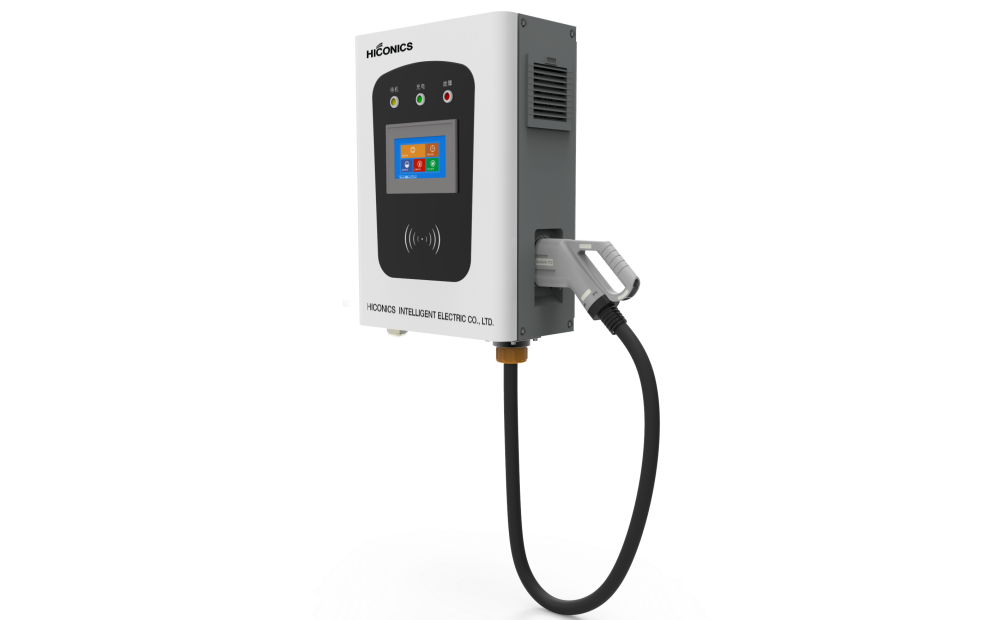
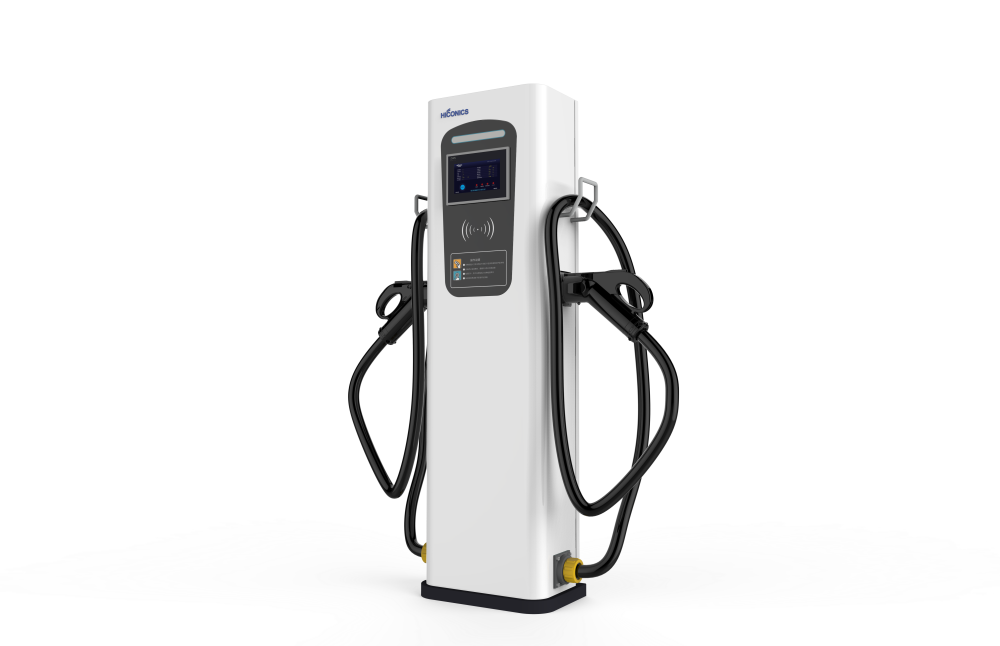
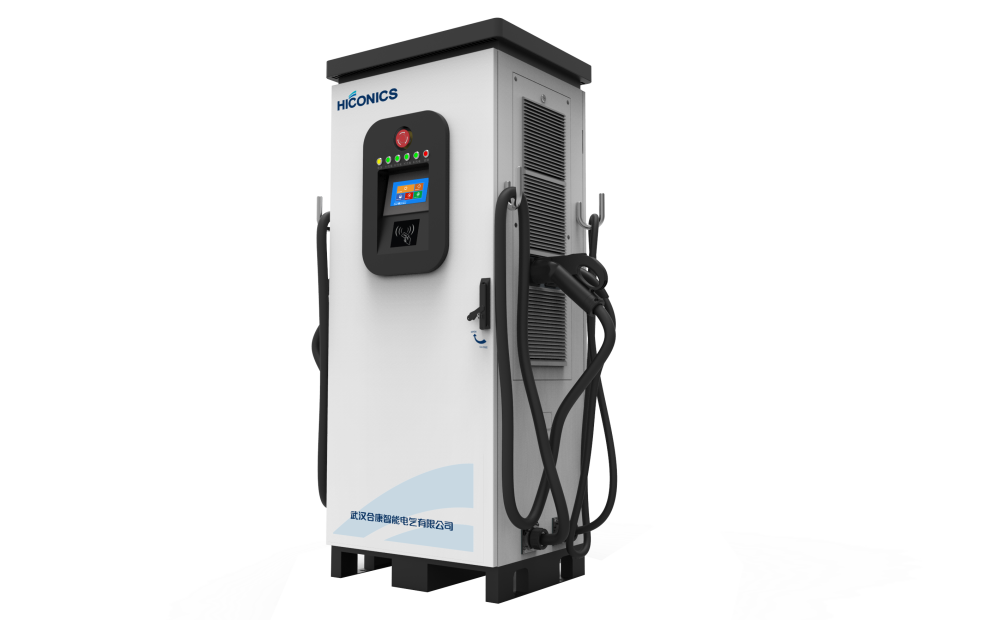
The vehicle has a battery management system or BMS for short. And when charging, the vehicle’s battery management system will communicate with the charging pile, which will charge the vehicle according to the charging power allowed by the battery management system. So the speed of DC charging also depends on the maximum charging power supported by the battery management system of the new energy vehicle.
Generally, the charging power will be maximum when the vehicle is between 30% and 80%. However, in winter, when the weather is cold, the charging power is related to the battery temperature. The lower the temperature, the lower the charging power. As the temperature rises, the charging power will gradually return to normal levels.
The vehicle battery gets slower and slower in charging power when it is above 80%. Also commonly known as trickle charging, it is a battery management system protection strategy for the battery!

